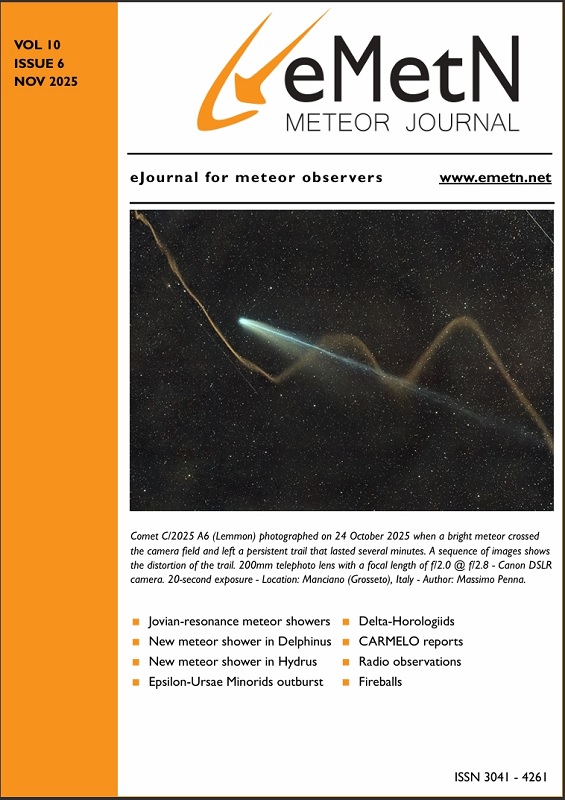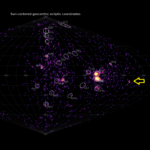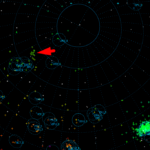Meteor Activity Outlook for 13-19 November 2021
During this period, the moon reaches its full phase on Friday November 19th. At that time the moon lies opposite the sun and remains above the horizon all night long. This weekend the waxing gibbous moon will set during the early morning hours, allowing a few hours of observing between moonset and dawn.
Read More



